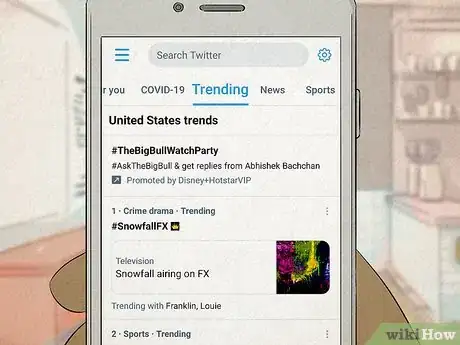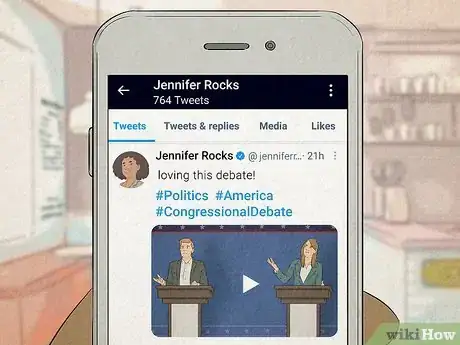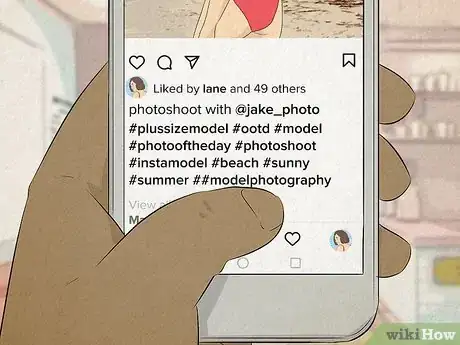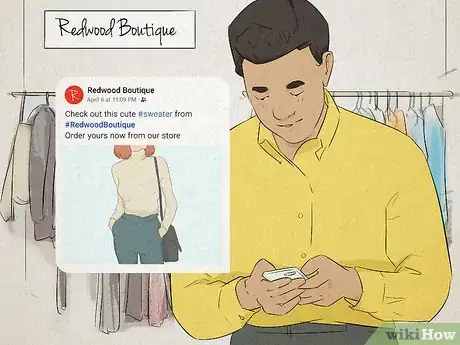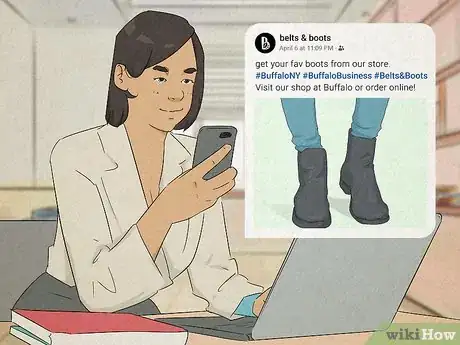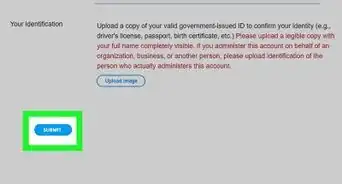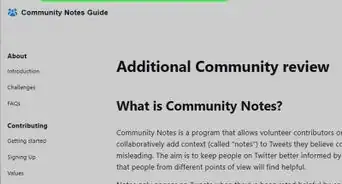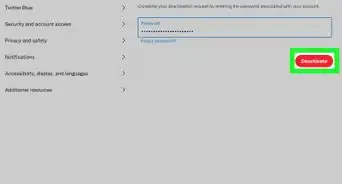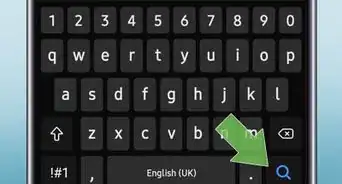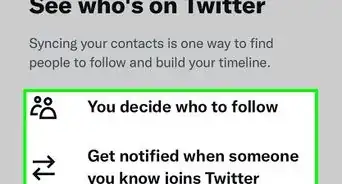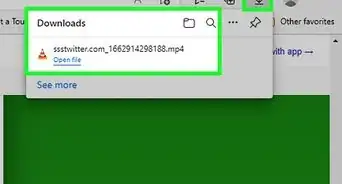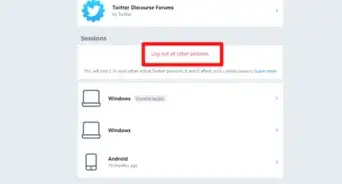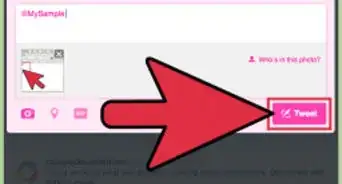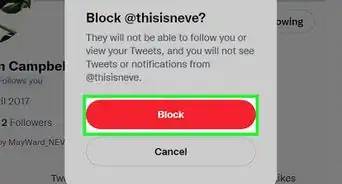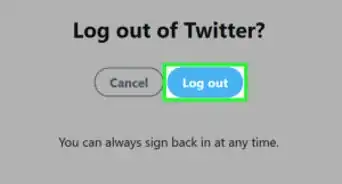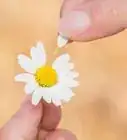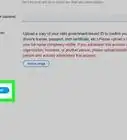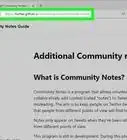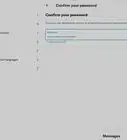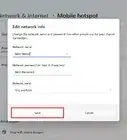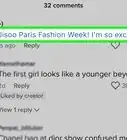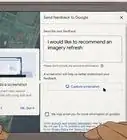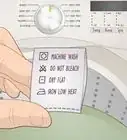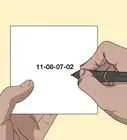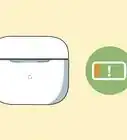This article was written by Ramin Ahmari and by wikiHow staff writer, Eric McClure. Ramin Ahmari is the CEO & Co-Founder of FINESSE, an AI-led fashion house using machine learning on social media to forecast trends & eliminate fashion's problem of overproduction. Before his time at FINESSE, he worked with influencers on growth and sponsorships and has worked with major brands on implementing influencer & marketing strategy by leveraging his expertise in data science & artificial intelligence on social data.
There are 11 references cited in this article, which can be found at the bottom of the page.
This article has been viewed 51,169 times.
Hashtags (#) are used to sort and categorize content on certain social media sites. Using hashtags makes it easier to find the things you post online, and they’re a great tool if you’re growing a business or looking for more followers. If you’ve never used them before, don’t worry! It’s super easy and you have a lot of freedom when it comes to inventing your own hashtags. All you have to do is put a # symbol in front of a word (or string of words with no spaces) and you’ve made a hashtag! #SuperEasy
Steps
Expert Q&A
Did you know you can get expert answers for this article?
Unlock expert answers by supporting wikiHow
-
QuestionHow many hashtags should I use on each Instagram post?
 Ramin AhmariRamin Ahmari is the CEO & Co-Founder of FINESSE, an AI-led fashion house using machine learning on social media to forecast trends & eliminate fashion's problem of overproduction. Before his time at FINESSE, he worked with influencers on growth and sponsorships and has worked with major brands on implementing influencer & marketing strategy by leveraging his expertise in data science & artificial intelligence on social data.
Ramin AhmariRamin Ahmari is the CEO & Co-Founder of FINESSE, an AI-led fashion house using machine learning on social media to forecast trends & eliminate fashion's problem of overproduction. Before his time at FINESSE, he worked with influencers on growth and sponsorships and has worked with major brands on implementing influencer & marketing strategy by leveraging his expertise in data science & artificial intelligence on social data.
Social Media Expert
-
QuestionWhat are the best hashtags to use?
 Ramin AhmariRamin Ahmari is the CEO & Co-Founder of FINESSE, an AI-led fashion house using machine learning on social media to forecast trends & eliminate fashion's problem of overproduction. Before his time at FINESSE, he worked with influencers on growth and sponsorships and has worked with major brands on implementing influencer & marketing strategy by leveraging his expertise in data science & artificial intelligence on social data.
Ramin AhmariRamin Ahmari is the CEO & Co-Founder of FINESSE, an AI-led fashion house using machine learning on social media to forecast trends & eliminate fashion's problem of overproduction. Before his time at FINESSE, he worked with influencers on growth and sponsorships and has worked with major brands on implementing influencer & marketing strategy by leveraging his expertise in data science & artificial intelligence on social data.
Social Media Expert
-
QuestionCan I set up my own hashtag for my company?
 Community AnswerYes, of course! I would recommend brainstorming with your coworkers to find out the best hashtag for your company.
Community AnswerYes, of course! I would recommend brainstorming with your coworkers to find out the best hashtag for your company.
Warnings
- It’s important to note that you can use numbers inside of a hashtag, but you can’t use symbols or punctuation. In other words. #hashtag4ever will work, but #hashtag-4-ever will only be interpreted as #hashtag by search engines.[15]⧼thumbs_response⧽
References
- ↑ https://theavtimes.com/2020/12/04/how-people-become-popular-on-twitter/
- ↑ https://www.hashtags.org/platforms/google/10-websites-that-support-hashtags/
- ↑ https://www.hashtags.org/featured/which-social-media-networks-use-hashtags/
- ↑ https://www.artworkarchive.com/blog/how-to-think-like-an-influencer-for-instagram-success
- ↑ https://theavtimes.com/2020/12/04/how-people-become-popular-on-twitter/
- ↑ https://medium.com/endless/an-open-letter-to-people-who-use-hashtags-89fb7694c97e
- ↑ https://pubmed.ncbi.nlm.nih.gov/29776695/
- ↑ https://theavtimes.com/2020/12/04/how-people-become-popular-on-twitter/
- ↑ https://www.forbes.com/sites/forbescommunicationscouncil/2017/12/28/how-to-effectively-use-hashtags-to-grow-your-business-following/?sh=25b258484615
- ↑ https://www.forbes.com/sites/forbescommunicationscouncil/2017/12/28/how-to-effectively-use-hashtags-to-grow-your-business-following/?sh=25b258484615
- ↑ https://buffer.com/library/a-scientific-guide-to-hashtags-which-ones-work-when-and-how-many/
- ↑ https://www.forbes.com/sites/forbescommunicationscouncil/2017/12/28/how-to-effectively-use-hashtags-to-grow-your-business-following/?sh=25b258484615
- ↑ https://coschedule.com/blog/how-to-use-hashtags/
- ↑ https://miappi.com/10-worst-twitter-hashtag-fails-time/?cn-reloaded=1
- ↑ https://digitalmarketinginstitute.com/blog/how-to-use-hashtags-in-social-media
About This Article
1. Don't use spaces or punctuation.
2. Keep hashtags short and relevant.
3. Use an existing hashtag to join a conversation.
4. Avoid using too many hashtags in one post.
